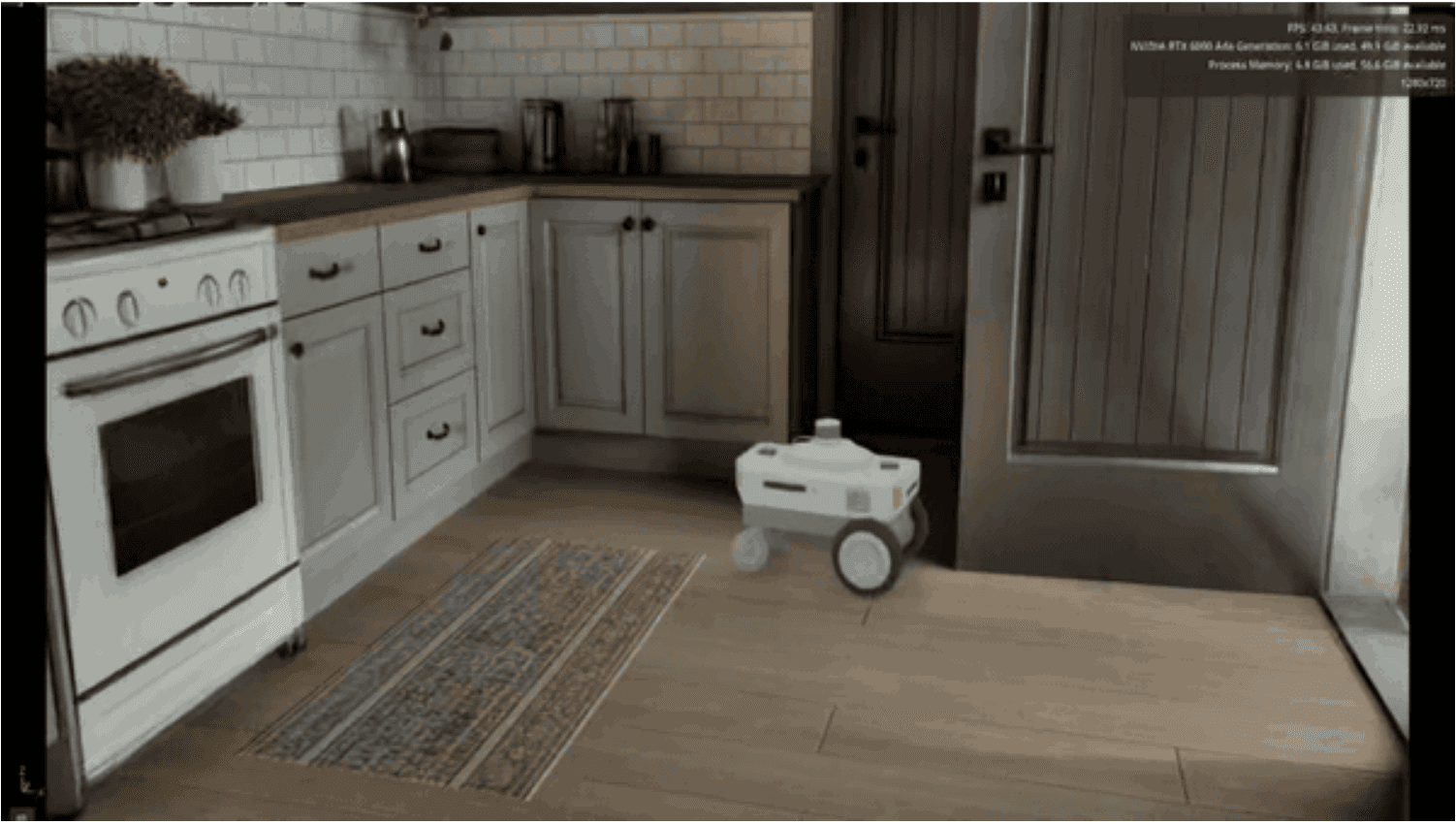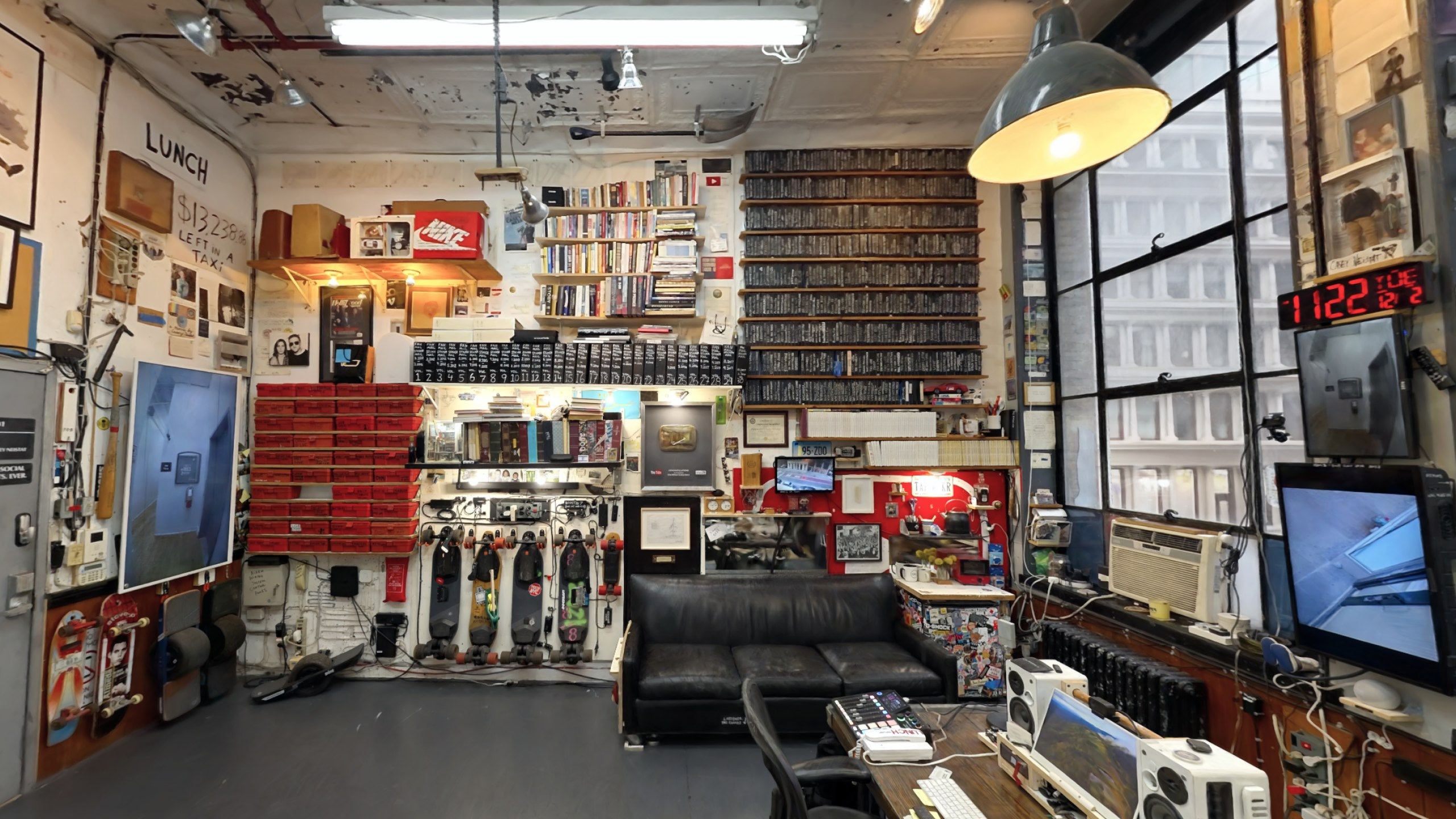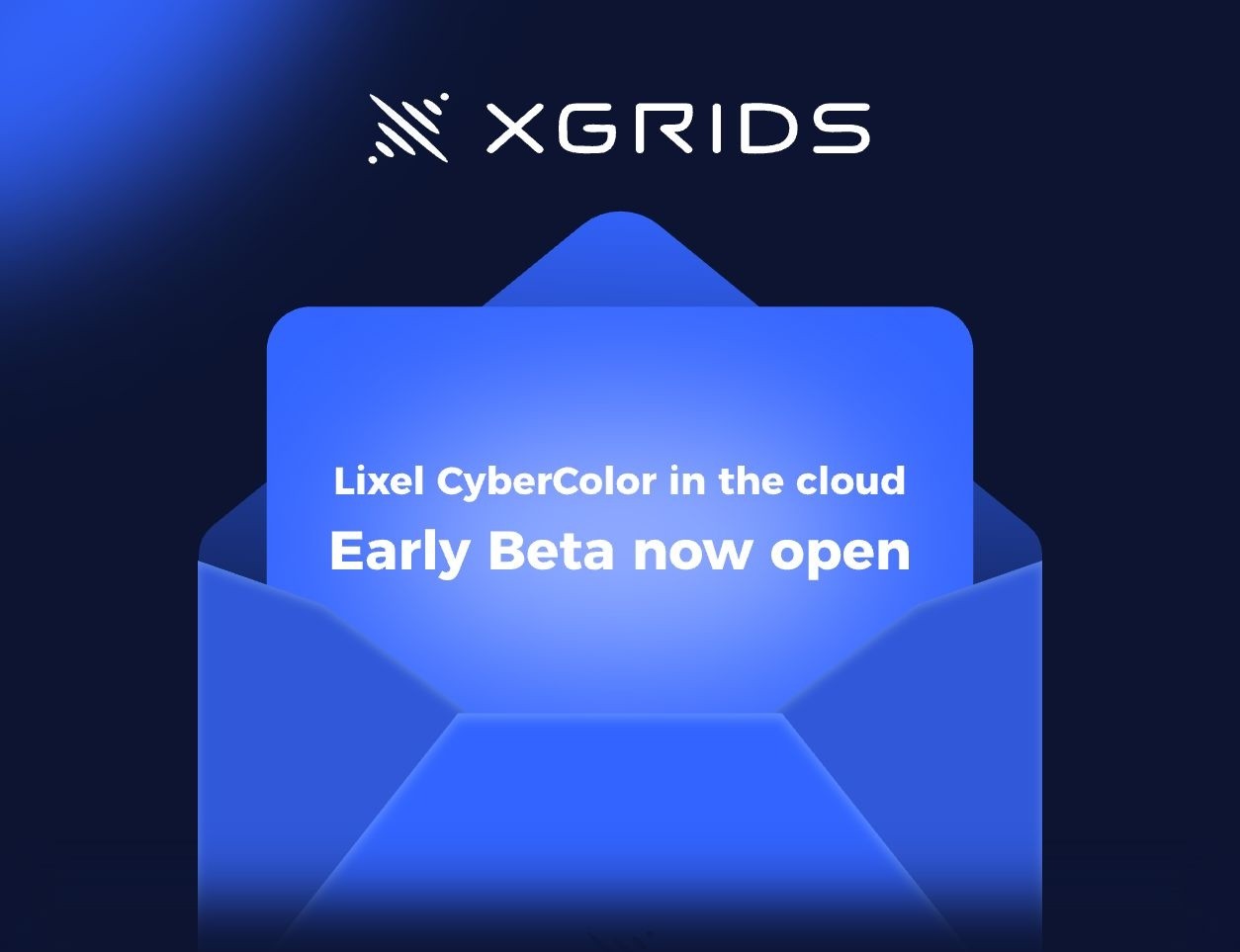

Michael Rubloff
Mar 28, 2025
Over the past six months, KIRI Engine has released one update after another for their 3D Gaussian Splatting implementation, including a free plugin to Blender.
Now, with the release of a major update to the 3DGS Render add-on, KIRI Engine has introduced a wave of new features that significantly expand the plugin's capabilities. Building on the foundation established by Version 2.0, this release brings powerful tools like mesh to splat conversion, transform preserving export, direct painting, and even experimental baking to the 3DGS workflow.
For those already familiar with 3DGS Render, this update represents a shift from a performance-focused toolkit to a more full-featured editing and creative environment. And for newcomers, the timing couldn't be better to get started.
One of the most exciting additions is the ability to convert mesh-based models into 3DGS format directly within Blender. Artists can now take any .OBJ file and generate a Gaussian Splat representation, unlocking the performance and stylistic benefits of point-based rendering while preserving the geometry’s original shape. This makes it easier to bring legacy assets into the 3DGS workflow or apply custom splatting effects to traditional meshes.
Another significant upgrade is the introduction of exportable face edits and object transformations. Until now, the add-on was largely limited to exporting only point cloud data, but this update ensures that any mesh refinements or transformations applied in Blender, like scaling, rotation, or repositioning, carry through during export. This addition is particularly useful for collaborative pipelines and interoperability with other tools.
Painting and texturing are now also possible within the 3DGS context. Artists can apply colors directly via brush or use image based textures, bringing a new layer of creative expression to point cloud workflows. These visual changes are preserved during rendering and export, offering greater control over the final aesthetic.
For users managing heavy scenes, an experimental baking feature has been added. This tool allows users to "lock in" the results of modifiers, reducing the need to recalculate them during every frame of playback or render. It’s built on Blender’s native node baking system and is especially promising for large scale projects that need every ounce of performance.
In addition to the headline features, several quality of life improvements round out the update:
UV maps can now be automatically generated on import, simplifying texturing workflows.
Editing modifiers are now more flexible—they can be re-applied as needed throughout the editing process.
Material and color settings are now configurable per object, allowing for more variation and finer control.
A new import method has eliminated external dependencies, resolving previous warning banners in Blender Preferences.
The scene refresh function improves file transfers and ensures object states stay synced.
The user interface has been overhauled, making it easier to switch between editing modes and offering performance tips along the way.
Taken together, these changes mark an exciting update for the 3DGS Render add on. By moving beyond viewing and basic editing, and into the realms of texturing, mesh interoperability, and scene performance tuning, this update pushes Blender's point cloud capabilities into new territory.
The add-on is available for free on Blender Market and GitHub.







